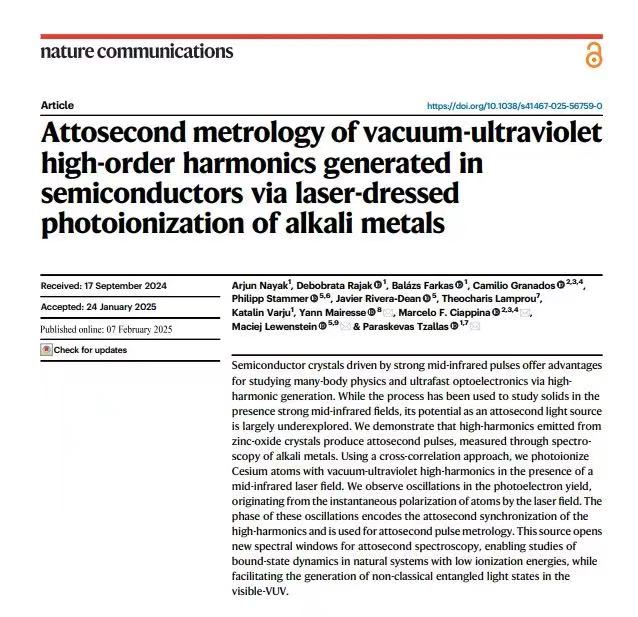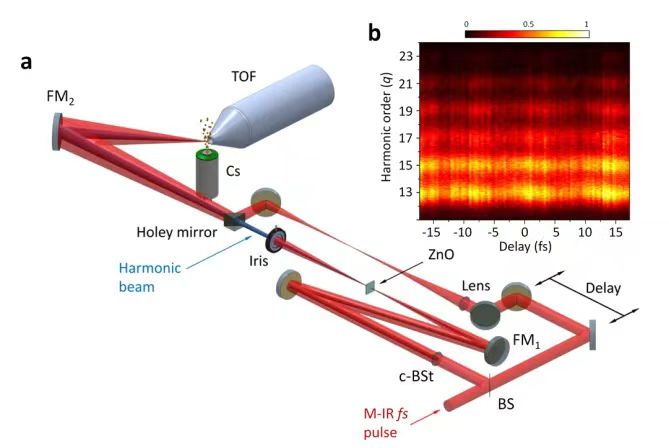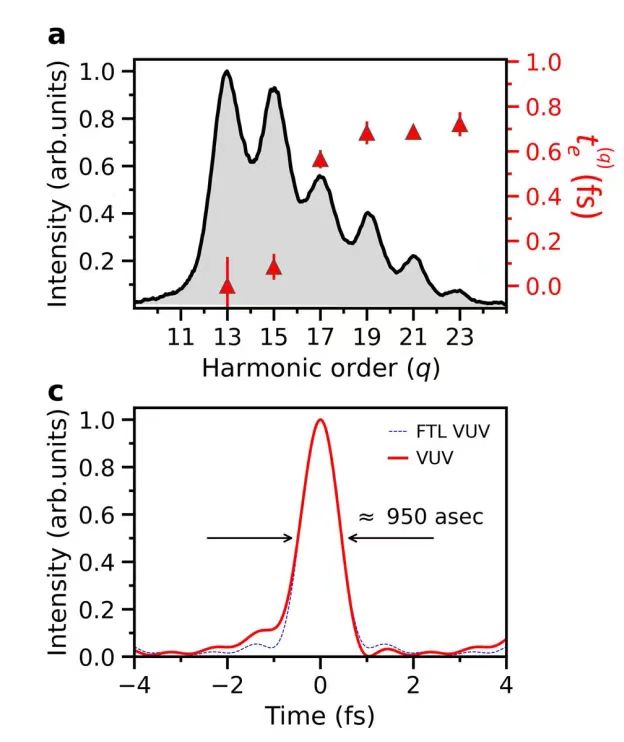PostTime:3/7/2025
Recently, Prof. Marcelo F. Ciappina from Guangdong Technion - Israel Institute of Technology (GTIIT) Physic Program has collaborated with research teams from multiple countries, to develop a new technology for measuring attosecond light pulses. This milestone achievement has been published in the prestigious international journal Nature Communications.

What is an attosecond light pulse?
In the microscopic world, electrons in atoms interact with each other and surrounding particles, leading to rapid changes in their motion and energy on "attosecond" timescales. One attosecond is one hundred billion billionths of a second (10?¹? seconds), the shortest timescale humans can currently measure. To capture such ultrafast changes, scientists need to use "attosecond light pulse" technology, akin to using an ultra-high-speed camera to photograph an F1 car. In essence, "attosecond light pulses" act as an ultra-high-speed 'flash' for the microscopic world.

In the published paper titled "Attosecond metrology of vacuum-ultraviolet high-order harmonics generated in semiconductors via laser-dressed photoionization of alkali metals", Prof. Ciappina and his research team introduced their latest research that expanded attosecond science to the vacuum-ultraviolet (VUV) range. This technique involves using intense mid-infrared lasers to illuminate semiconductors, generating attosecond pulses in the VUV range. Compared to previous methods that relied on extreme-ultraviolet (XUV) pulses, this new technique does not ionize atoms and can probe ultrafast dynamics while maintaining the electrons in their bound states.

In practical applications, scientists can use this "ultra-high-speed flash" for the microscopic world to observe the motion and changes of electrons on ultrafast timescales with greater precision. This enables the study of many ultrafast dynamics in natural systems, such as how light triggers chemical reactions in molecules or how electrons move within materials, helping scientists gain a deeper understanding of the microscopic properties of matter and their interaction mechanisms. In the future, this technology is expected to advance the field of quantum information science. Through further research, scientists may achieve more efficient quantum state manipulation and quantum communication.
Online access to the article:
https://www.nature.com/articles/s41467-025-56759-0
Nature Communications is an open-access, multidisciplinary journal published by Nature Portfolio. The journal publishes high-quality research in all areas of the biological, health, physical, chemical, etc.
Scholar Profile

Prof. Marcelo Ciappina joined GTIIT in 2020 and was promoted to Full Professor and granted tenure in January 2025. DSc Dr Marcelo Ciappina took several years of Postdoctoral and Senior positions all around the world, including, amongst others, various Max Planck Institutes in Germany (MPI-K Heidelberg, MPQ Garching and MPI-PKS Dresden), the Institute of Photonic Sciences (ICFO) in Spain, the Extreme Light Infrastructure (ELI)-Beamlines in Czech Republic, the Institute of High Performance Computing (IHPC) (A* STAR, Singapore) and the Auburn University (USA).
DSc Dr Marcelo Ciappina is a top-class expert in theory and numerical simulations of nonlinear laser interactions with atoms, molecules, and complex systems. He regularly publishes in very prestigious scientific journals (Nature Physics, Nature Communications, Physical Review X, Physical Review Letters, Physical Review A). He is the author or co-author of around 200 papers in impacted journals listed in WoS, with more than 600 citations in 2024.
Text/Photos: Prof. Marcelo Ciappina, GTIIT News & Public Affairs
© GUANGDONG TECHNION-ISRAEL INSTITUTE OF TECHNOLOGY | 粤ICP备17036470号
